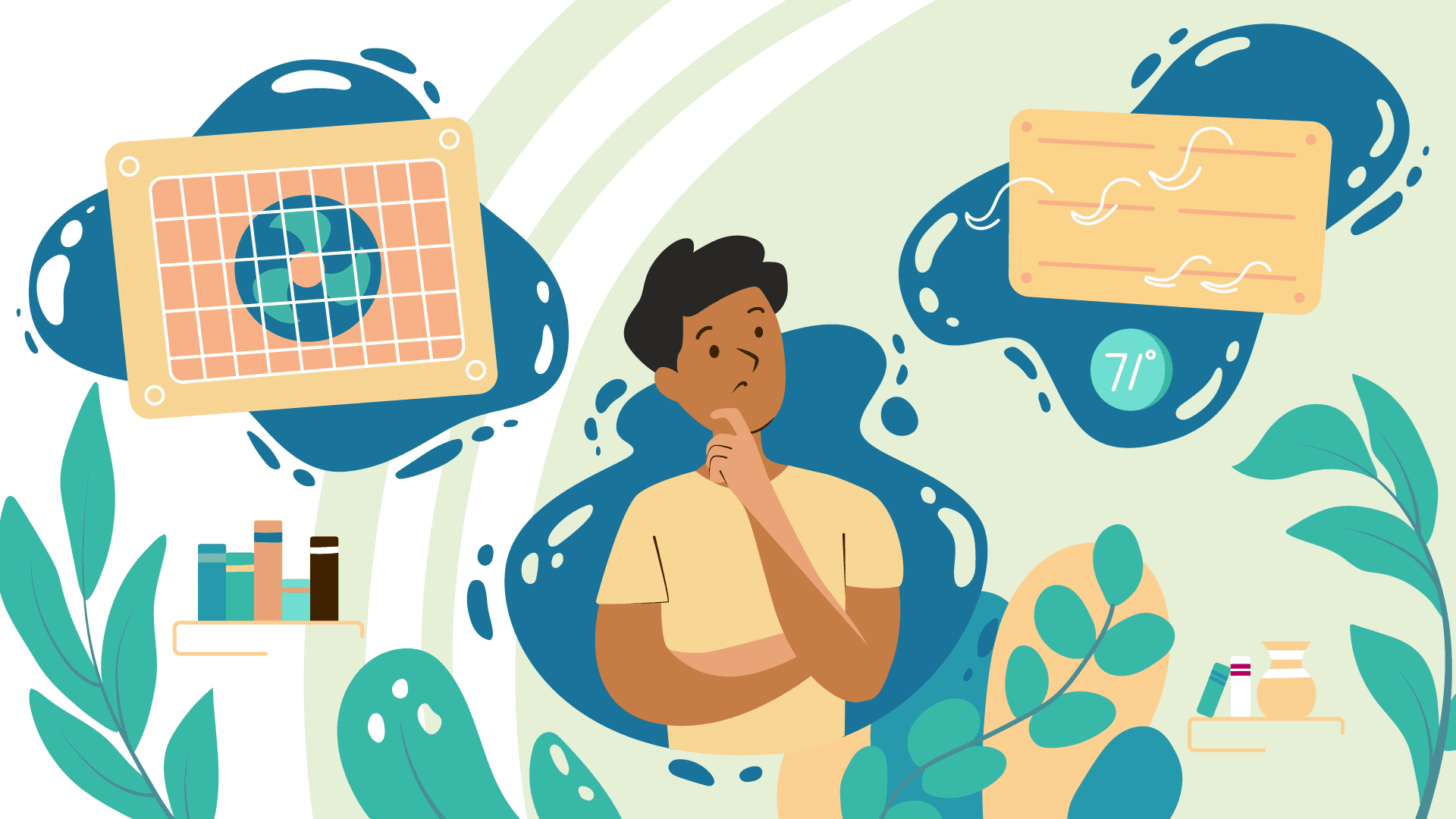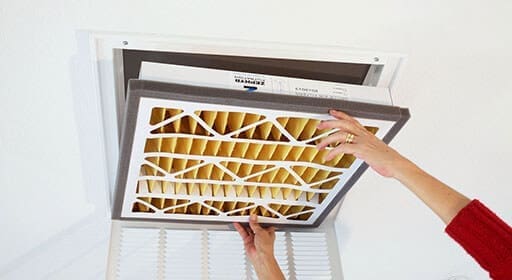What Humidity Level is Uncomfortable? Complete Comfort Guide for Your Home
Discover uncomfortable humidity levels for your home. Expert guide to optimal comfort zones, symptoms, and solutions for better indoor air quality.
Take our 60-second quiz and get your IAQ Perfect Match™ —
a personalized plan and a connection to a single, top-rated local pro. Guaranteed.

“We were connected us with an amazing local expert. The new filtration system has been a lifesaver for our son’s asthma.” – Sarah R., San Diego, CA




Take our 60-second quiz and get your IAQ Perfect Match™ —
a personalized plan and a connection to a single, top-rated local pro. Guaranteed.

“We were connected us with an amazing local expert. The new filtration system has been a lifesaver for our son’s asthma.” – Sarah R., San Diego, CA
Air quality can be 2-5 times worse inside
Approximately 70% of our time is spent at home
On average, we spend 90% of our time indoors
Heart & lung conditions can be linked to poor IAQ
Discover the power of the Coway Airmega True HEPA Purifier: Experience cleaner, fresher air and a healthier living environment in just hours.
The Coway AP-1512HH Mighty Purifier boasts a comprehensive filtration system, including a True HEPA filter that captures 99.97% of airborne particles as small as 0.3 microns.
This ensures that homeowners breathe cleaner, healthier air, free from common allergens like pollen, dust, and pet dander.
Equipped with a cutting-edge pollution sensor, this purifier provides immediate feedback on the air quality in your home. Homeowners can easily monitor and adjust settings as needed, ensuring optimal air purification and a healthier living environment.
Designed with efficiency in mind, the Coway AP-1512HH consumes minimal power, making it an eco-friendly choice for homeowners. Its energy-saving mode and timer options further reduce electricity consumption, leading to potential savings on energy bills.
Understand if your purifier is working optimally or has room for improvement.
Don’t just guess. Calculate your air purifier’s efficiency and breathe easier knowing you’re making informed decisions for your health and well-being.

Discover uncomfortable humidity levels for your home. Expert guide to optimal comfort zones, symptoms, and solutions for better indoor air quality.
Discover 15 proven methods to quickly reduce humidity in your home. From immediate fixes to emergency protocols, get results in under 24 hours.
Discover how automated indoor air quality control systems improve health, save energy, and ensure compliance. Complete guide with ROI analysis and case studies.

Anyone can easily have a top-notch air purification system and breathe clean, fresh air in their home or office.
It’s a great investment in the long-term health and well-being for you and your loved ones.

Whether pet dander from our furry friends, pollen from outside, or plain old dust, a quality filter in your HVAC system can ensure that the air you breathe is as clean and fresh as possible.
Make the switch to high-efficiency filters.

Ensure fresh, clean air circulates throughout your home, even when it’s too hot or cold outside to open up the windows.
Say goodbye to stale air and hello to a healthier, more comfortable living space.
Our directory features qualified HVAC and Indoor Air Quality specialists ready to help with assessments, installations, and maintenance.
Become the go-to HVAC contractor in your city.
Connect, collaborate, and conquer the market.



Discover a unique opportunity to enhance your visibility, increase your customer base, and take your HVAC business to the next level.
Our curated directory connects contractors like you with individuals and businesses seeking reliable IAQ services.
IAQ can be confusing, especially if you’re just starting out. Explore our FAQ to get clear, concise answers to the top questions about improving your indoor air quality.
Indoor air quality is the quality of the air inside homes and other buildings. It can be affected by a variety of factors, including outdoor air pollution, indoor combustion appliances, building materials and furnishings, and household cleaning and maintenance products.
The most common indoor air pollutants include:
Particulate matter (PM): PM is a mixture of solid particles and liquid droplets found in the air. It can come from a variety of sources, including outdoor air pollution, wood burning, and cigarette smoke.
Volatile organic compounds (VOCs): VOCs are chemicals that evaporate easily at room temperature. They can come from a variety of sources, including building materials, furnishings, and household cleaning and maintenance products.
Carbon monoxide (CO): CO is a colorless, odorless gas that can be produced by combustion appliances, such as furnaces, water heaters, and gas stoves.
Radon: Radon is a radioactive gas that can come from the ground and enter homes through cracks in the foundation.
Some signs of poor indoor air quality include:
-Headaches
-Dizziness
-Nausea
-Eye, nose, and throat irritation
-Coughing and sneezing
-Difficulty breathing
-Allergic reactions
There are a number of things you can do to improve indoor air quality in your home, including:
- Ventilate your home by opening windows and doors, or by using a mechanical ventilation system.
- Reduce your use of indoor combustion appliances, such as fireplaces and wood stoves.
- Choose low-VOC building materials and furnishings.
- Use natural cleaning products whenever possible.
There are a variety of different types of air purifiers available. Some of the most common types include:
- HEPA air purifiers: HEPA air purifiers are very effective at removing particulate matter from the air.
- Carbon-based air purifiers: Carbon-based air purifiers are effective at removing VOCs from the air.
- Combination air purifiers: Combination air purifiers use both HEPA and carbon filters to remove a variety of pollutants from the air.
The frequency with which you need to change the filter in your air purifier will depend on the type of air purifier you have and how often you use it.
HEPA filters typically need to be changed every 6-12 months, while carbon filters typically need to be changed every 3-6 months.
Consult the product handbook for more details. Some purifiers will actually have more than 1 filter and each can have a different maintenance schedule.